Theoretical chemists devise nanoscale version of satisfyingly interactive packaging material
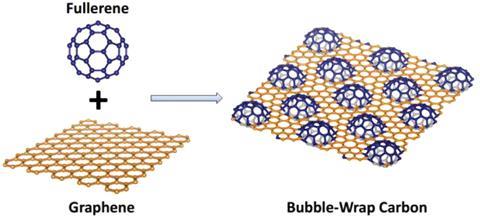
A family of ’bubble-wrap’ carbon materials has been proposed by computational chemists. The new structures show a broad range of properties. If scientists manage to synthesise them, they may have applications in solar energy and catalysis.
Nanomaterials made of the same element but with different structures or chemical modifications have markedly different properties, leading to a wide variety of possible uses. Graphene sheets are metallic, but can be carved into semiconducting ribbons for nanoelectronics, while the properties of fullerenes can be modified by placing atoms inside them. Mao-sheng Miao of California State University, Northridge, in the US, and colleagues’ bubble-wrap materials comprise fullerene-like carbon bubbles in a graphene-like sheet, creating an intrinsically varied family of materials that could be modified further by loading materials in the bubbles.
The researchers’ calculations show that the size, density and arrangement of the bubbles in each sheet determines that material’s properties. For example, while a graphene sheet has a simple hexagonal structure, the bubbles are capped with pentagons and separated by heptagons. The balance between the different types of carbon atoms leads to different electronic behaviour, from metallic to semiconducting. Miao’s group plan to place metals inside the bubbles, with the expectation that – like fullerenes – their cargo will modify their properties. Although simulations show that the compounds should be stable, the team have not suggested a way to make them.
References
W Liu et al, Nanoscale, 2018, DOI: 10.1039/c8nr00126j
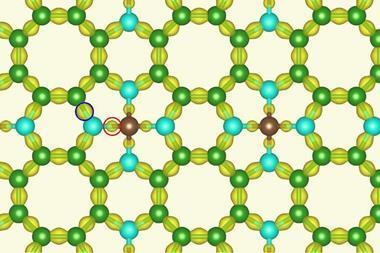
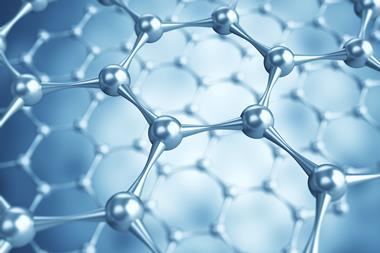
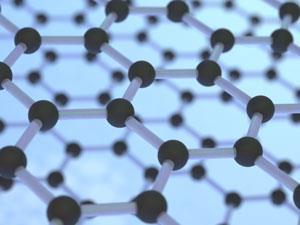
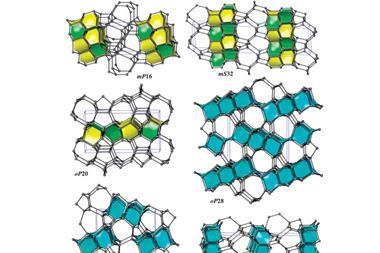








No comments yet